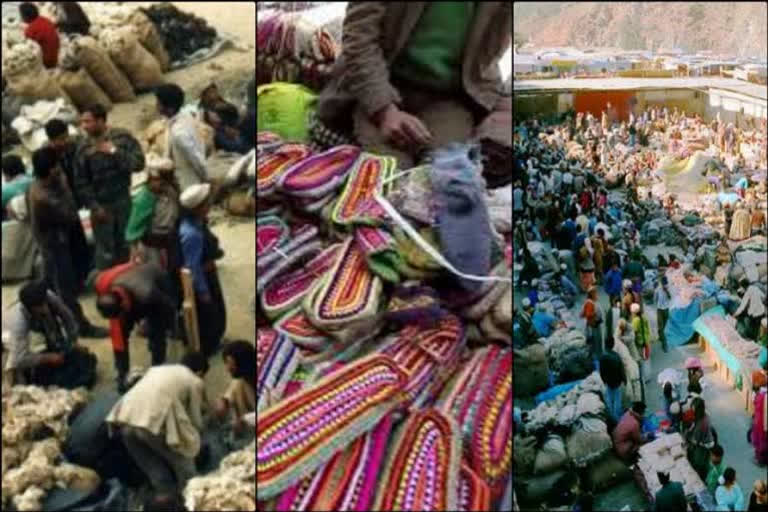Shimla: The coronavirus outbreak has cast its shadow upon the 337-year-old Lavi Mela. The fair has remained a crucial trade fair between India and Tibet for centuries.
This fair, which has been celebrated for centuries is extensively acclaimed in Kabul, Kandahar, Tibet and Uzbekistan. The history of Lavi Mela is recorded in the account of Rampur, situated on the banks of the River Sutlej in the district of Shimla.
The fair is held every year in the month of November. In the year 1985, the then Congress government of Himachal Pradesh under the leadership of Virbhadra Singh gave it the status of international fair.
The fair will be held from 11 to 14 November only. Businessmen coming to the fair will be allowed to sit for free in the College Ground Pate Bungalow.
Chamurti horses in demand
Due to COVID-19, the fair will be ceremonially held with many restrictions. The main attraction of the fair is the Chamurti variety of horses. Horses of the famous Chamurti breed have been found in the higher mountainous regions of Himachal, mainly in the snowy Spiti valley since the time of the Indus Valley (Harappan) civilization.
This breed is one of the six major breeds of Indian horses. Chamurti horses are famous for their ability to set foot in high altitude icy areas. These horses have been used to carry goods in Tibet, Ladakh and Spiti.
Every year, dry fruits and other goods worth crores of rupees are traded here. The fair provides good opportunity to trade woollen clothes, dry fruits, honey, various metal utensils, farming tools, apples, pine-nut, dry gooseberry, walnuts, wool and pashmina.
A Centuries Old History
Looking into history, the name of the fair is derived from the traditional woollen cloth' loiye.' In hilly areas, men wear a traditional coat made of wool, called loiye. Perhaps this is why the fair got its name Lavi.
The Lavi Fair was started from 1639 to 1696, but the importance of this fair increased after the 1911 treaty with the King of Tibet at the time of King Kehari Singh of the erstwhile Bushehr princely state. During ancient times, traders from Kabul, Kandahar, Tibet and other countries used to come here.
According to the treaty of the two kings, traders of Tibet and Bushehr could fearlessly sell their ware (wool and Pashmina) in both areas. After the treaty, Lavi Mela got commercial colour. Traders came from Tibet, buying and selling Pashmina, Pattu, Dupatta, Shilajit, Almond, Chilgoja, dry fruits, hill tea, black cumin, apple etc. at the fair.
Businessmen from other countries used to bring dry fruits, wool, pashmina etc. with them. In return, they used to buy ration, salt and jaggery. At present, most of the businessmen come from the neighbouring states of Himachal, Haryana, and Punjab etc.
After becoming the Chief Minister for the first time in the year 1983, Virbhadra Singh gave the Lavi Fair an international status after two years i.e. in the year 1985.
However, this time, like other fairs and festivals, Corona has cast its shadow on Lavi Fair as well. The International Lavi Fair will be organized at Rampur on a micro level only.
People of Shimla, Kinnaur, Kullu and Mandi districts can come to sell their products, in which traders from local as well as adjacent districts will ensure their participation.



